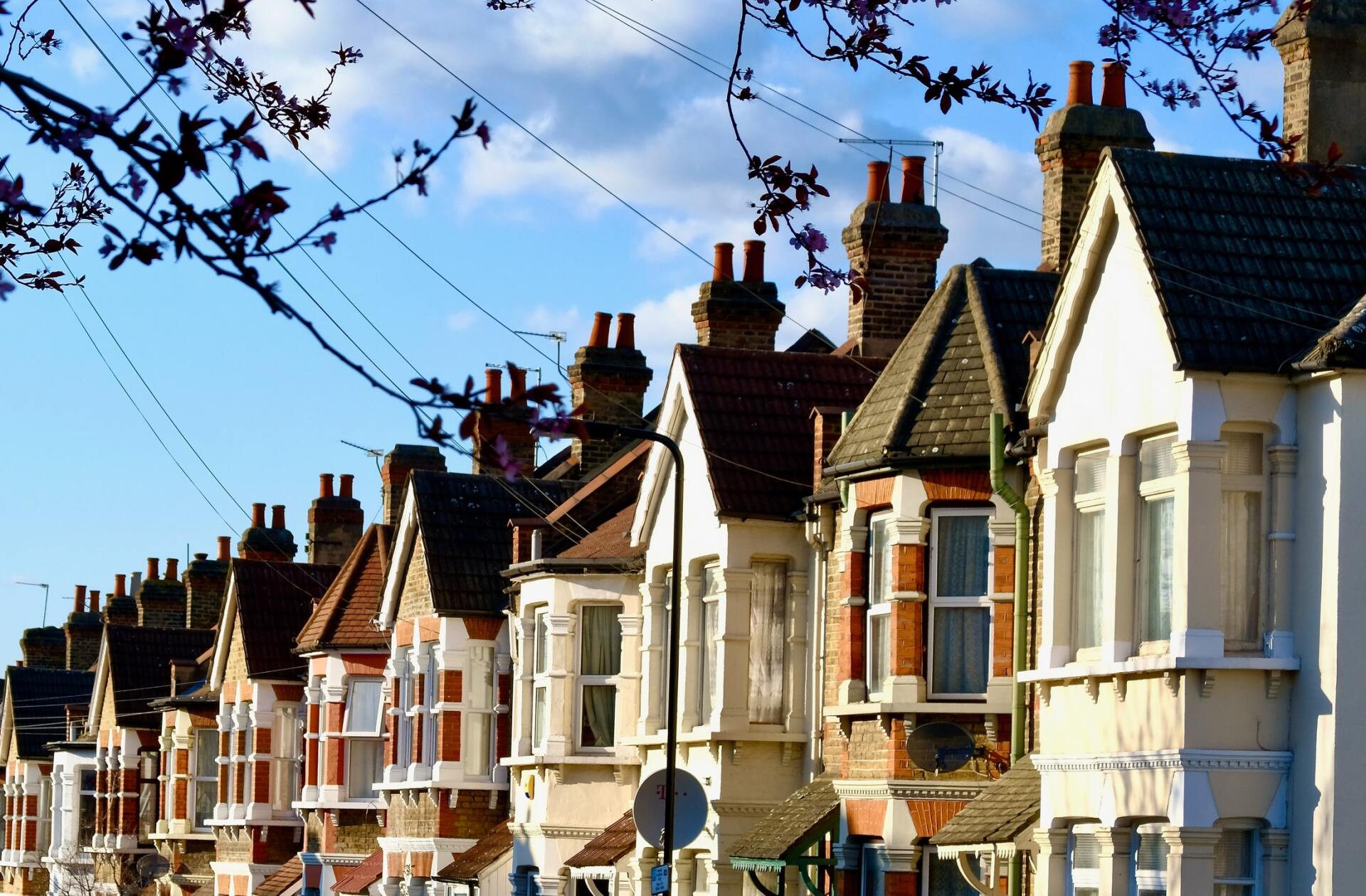5 ways to reduce the cost of your roofing project
In today’s market, we are all concerned with saving some of our hard-earned money. With rising enjoy prices, the war in Ukraine and the affects of Covid-19, construction material and labour costs are higher than ever before. With that in mind, it is useful to know that there are some actionable steps that you can take to reduce the cost of your roofing work. Read on below to find out more:

#1 Choose a reputable roofing contractor - it cannot be stressed enough that one of the most important ways that you can reduce the overall cost of your roofing work is to hire a professional roofing contractor. A good roofing company may charge a higher fee for the work, however you will get peace of mind knowing that your roof will last for many years, saving you on future maintenance and repair costs. Paying a rogue trader may leave you out of pocket and with little to show for it. Check out our blog post on how to choose a good roofing contractor in London.
#2 Regular maintenance – as with any building element, your roof requires routine maintenance. This means clearing out gutters, cleaning roof tiles and removing moss. Most of these jobs can be carried out for a small cost by a reputable roofing contractor however they could be very influential in preventing bigger issues further down the line. Most big problems arise from small issues that have been left neglected, so don’t get caught out. In addition, make sure to regularly check for signs of leaks or wear and tear with your roof. A good way to do this is to check the underside of your roofing felt from within the loft to ensure that no daylight is visible.
#3 Use recycled materials – if you speak to an experienced roofing contractor, they may be able to source recycled tiles for your roofing project or repairs. This can save you a lot of money as opposed to paying for new materials. In a lot of cases, old roof tiles may still be perfectly fit for use on another project, so make sure to consider if this is a viable option for your project. Not only will it help to reduce costs, but it will also help to save the environment!
#4 Get three quotes – as a trusted roofing contractor, we always advise potential customers to obtain 3 written quotes for their roofing work. This will allow them to compare the work that will be carried out against the price that is quoted. Remember that the cheapest quote may not always equal the best value for money. Make sure that the company is reputable, has good reviews and that their quote covers all the work involved. The last thing you want is to be hit with additional hidden costs when it comes to pay the bill.
#5 Retain and sell any of your old materials – a shrewd way to reduce the overall cost of your roofing project is to sell on any old materials that may be of use. Lead has high scrap value, so you might be able to cut a deal with your roofing contractor for any lead to be removed and cashed in, with you both sharing out the profits. In addition, any old tiles can potentially provide value to a neighbour or can be sold on social media apps, so consider this as a possibility.
If you wish to obtain further advice about ways in which to reduce the cost of your roofing project, or to obtain a competitive quote, get in touch with one of our Roofers in London today! Roofers Birmingham.
You might also like


